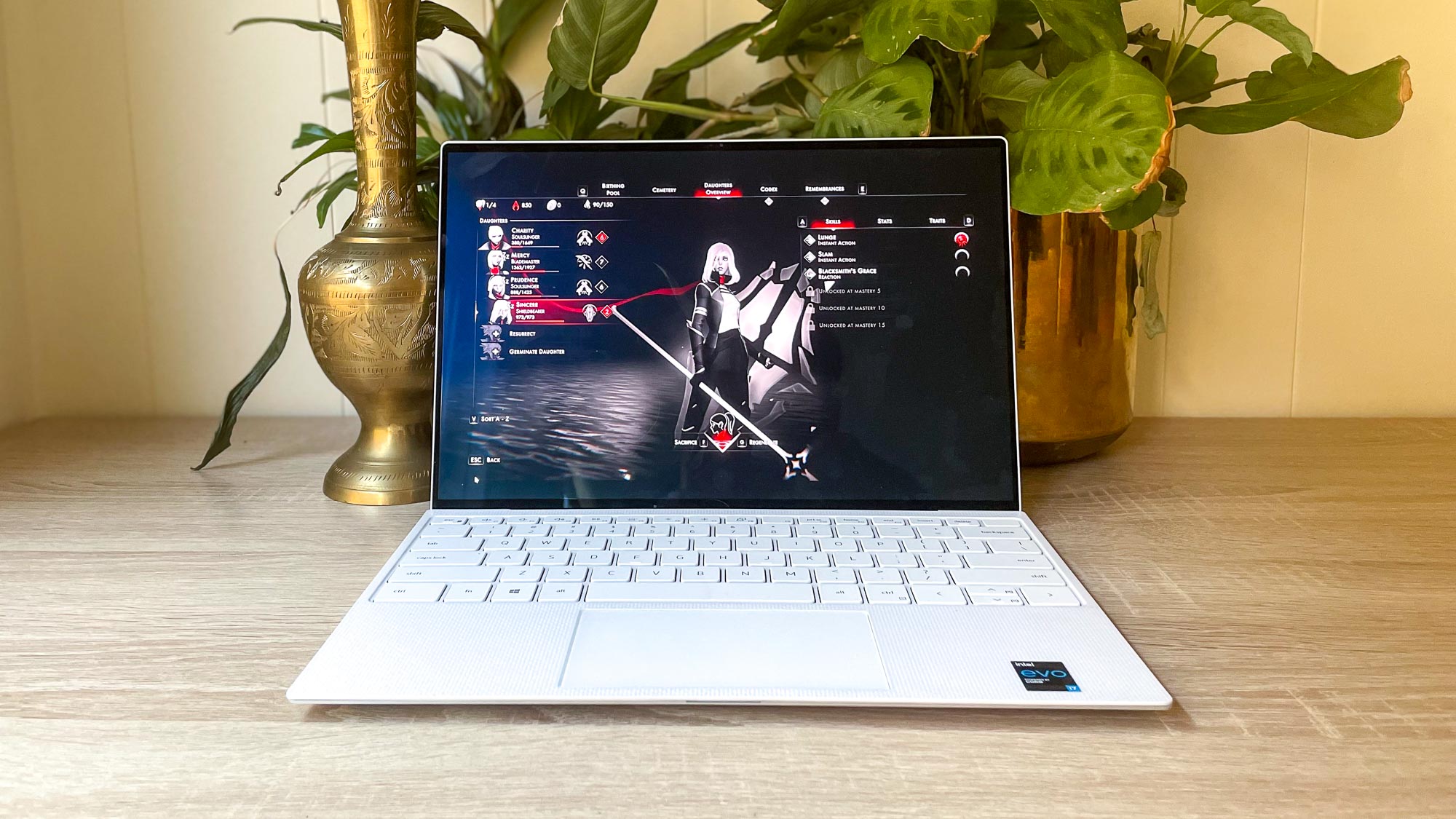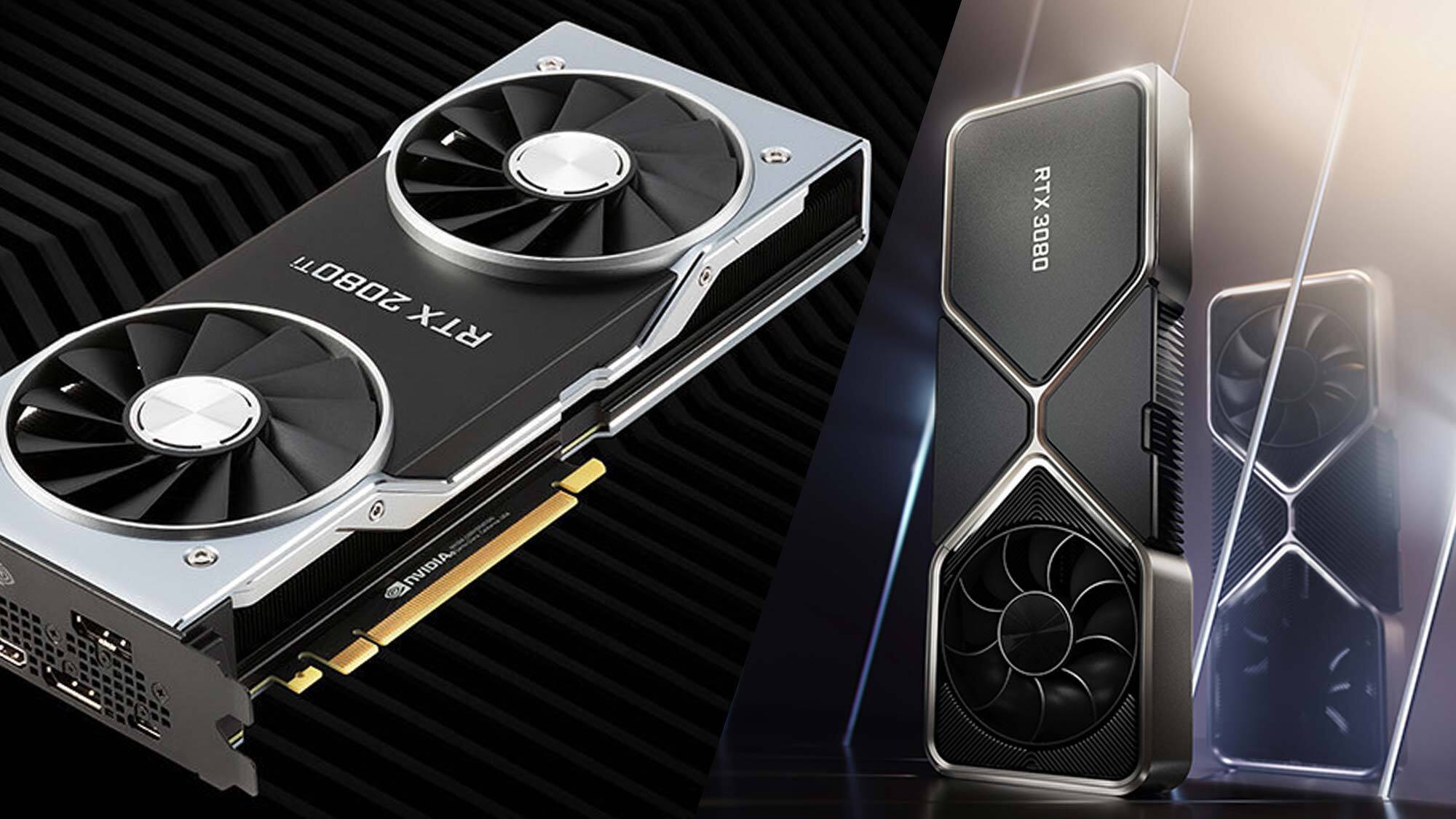Watch out Nvidia and AMD, Intel Arc is coming for you
Intel Arc could be coming for Nvidia’s graphics crown in 2022 and that’s exciting for PC gaming

Update: Intel Arc Alchemist desktop GPUs are now tipped for a summer launch.
Earlier this week Intel dropped some big news that its high-performance graphics (HPG) based on its Xe architecture will sit under the brand name of "Arc" and will arrive early next year in the form of discreet graphics cards codenamed Alchemist.
Alongside this announcement, Intel released a video showing off modern games running at what appear to be high graphics settings on a pre-production Alchemist card. With features like super sampling and ray tracing touted for the Alchemist graphics cards, if I were Nvidia and AMD, I'd be sitting up and pay a lot of attention.
AMD and Nvidia, particularly the latter, have dominated the gaming graphics arena for some time. But if this video and Intel's claims hold up come the first quarter of 2022, we could see a third contender enter the world of powerful gaming GPUs. Especially as Intel isn't just looking at raw performance but also seems to be considering advanced graphics rendering features.
The latest GeForce RTX 30-series cards from Nvidia offer tech like DLSS 2.0 (deep learning supersampling), which can dramatically improve frame rates without noticeably compromising on graphics, as well as dedicated ray-tracing hardware. While AMD’s cards are arguably less AI-centric, Team Red still has FidelityFX Super Resolution as a form of super sampling tech that doesn't need AI hardware.
So Intel will need to bring something to the table if it’s to compete with the two major players. Given Alchemist is set to support the aforementioned real-time ray tracing, as well as support for DirectX12 Ultimate, variable-rate shading and AI supersampling, it looks like Intel is ready to fight.
That’s good news as more competition in the gaming GPU arena means AMD and Nvidia will need to chase performance and graphics innovations, especially if both are to keep team blue at bay. And that could yield better graphics cards at competitive prices; which could mean more affordable additions to our best gaming PCs in the near future.
Ultraportables with proper gaming power

Speaking of innovation, there's a good chance (based purely on my one speculation) that Intel’s Xe HPG tech could filter down into other Xe GPUs, such currently found integrated in the Intel Tiger Lake laptop-grade chips.
While Xe graphics have seen laptops with Tiger Lake chips outperform predecessors, it’s not like the Dell XPS 13 is going to get a place on our best gaming laptop list. But if more powerful HPG features could filter down to laptop-grade Xe graphics, then we could see future ultraportable laptops sport some solid gaming grunt.
Sure there are already slim and light laptops with gaming power, like the Razer Blade 14, laptops like these are still gaming-centric and relatively power-hungry devices. But by being involved in both the CPU and GPU side, Intel could find a way to get more performance out of its integrated chips, much like AMD has with some of its newer Ryzen accelerated processing units (APUs) that blend processor and graphics power together on one chip.
So we could then potentially see ultraportables that could handle some modern gaming at decent setting and frame rates without compromising on bulk, power, heat or design. And I’m all for a machine that’s easy to carry on a commute yet could still let me do a little bit of gaming at lunch and away from a power source.
Could Intel help fix graphics card shortages?

Another potential perk of Intel entering the gaming graphics space is that it could help overcome the great graphics cards shortage that’s making it stupidly difficult when it comes to finding Nvidia GeForce RTX 3080 restocks, or any other new graphics card at the moment.
While Nvidia and AMD are at the mercy of semiconductor shortages, Intel runs its on chip foundries, so arguably has more control over chip production and could thus get around some shortages. So when the Alchemist cards arrive, opportune timing would give Intel an advantage when the latest GeForce and Radeon cards are still in short supply, giving PC gamers another GPU option.
Furthermore, if the Alchemist graphics cards are easier to buy than their Nvidia and AMD counterparts, then Intel could steal GeForce and Radeon fans. In turn, that could encourage Team Green and Team Red to really work on getting more cards into the market and thus finally overcome a shortage that’s been going on for nearly a year.
And that could make it a lot easier for people looking to build a new PC in 2022. That’s speculation, of course, but Intel is painting a positive picture for its graphics and PC gaming prowess in the coming new year.
Sign up to get the BEST of Tom's Guide direct to your inbox.
Get instant access to breaking news, the hottest reviews, great deals and helpful tips.
Roland Moore-Colyer a Managing Editor at Tom’s Guide with a focus on news, features and opinion articles. He often writes about gaming, phones, laptops and other bits of hardware; he’s also got an interest in cars. When not at his desk Roland can be found wandering around London, often with a look of curiosity on his face.

